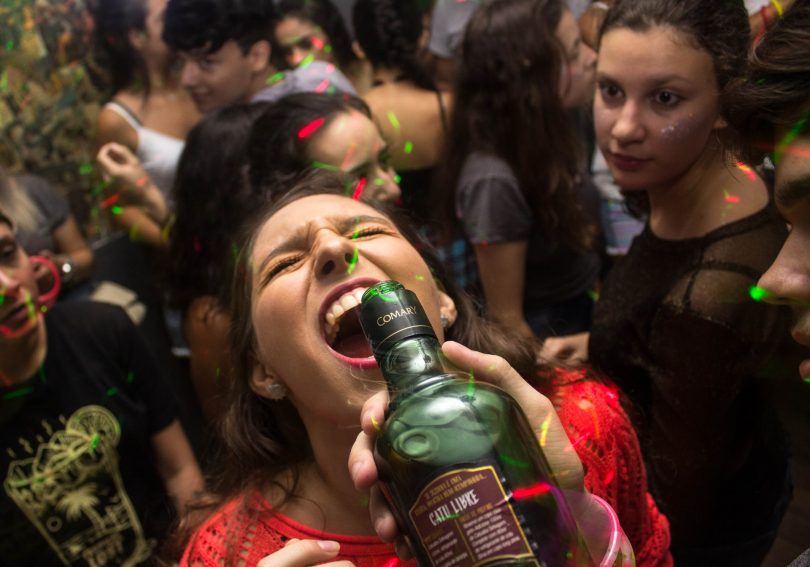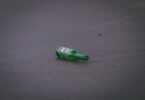Photo by Maurício Mascaro from Pexels
Youths engaging with digital alcohol marketing on social networking sites are likely to drink more frequently at more risky levels, a study has found.
A National Drug Research Institute study found that Australian youths exposed to frequent alcohol marketing on social networking sites such as Facebook, YouTube and Twitter consume 13% to 40% more alcohol compared to their peers not exposed to such messages.
The study was conducted by Monash Addiction Research Centre research fellow Dr Tina Lam, who studied online survey data collected from 301 Australian youths reporting on their drinking behaviours and involvement with alcohol marketing on social networking sites.
“When alcohol marketing such as the wearing of branded merchandise is shared through social media by trusted sources such as their friends, they are less likely to think of it as advertising, and more likely to incorporate pro-alcohol attitudes into their lifestyle,” Dr Lam said.
The study showed that increased engagement with alcohol-related content on social networking sites increased consumption of alcohol between 2.6 to 4.5 standard drinks.
“The guideline of no more than 4 standard drinks per day is set by the Australian government to minimise the lifetime risk of ending in a hospital’s emergency department for an alcohol-related harm to be below 1 in 100,” Dr Lam said.
“However, for long-term risks such as cirrhosis, the limit is 2 standard drinks per day.”
Victorian Alcohol and Drug Association executive officer Sam Biondo said that in recent years, there is a growing trend for alcohol brands and companies to use social media channels specifically to target young people.
“We may look at social media as it is particularly pervasive because it goes straight to one’s phone, however, other forms of media are equally problematic,” Mr Biondo said.
While restrictions are set on alcohol advertising on television during hours when young people might be tuning in, these restrictions do not apply when a sporting event is taking place.
“The kids who like to watch the games are constantly being barraged [by alcohol advertising] in their priors and their teens,” Mr Biondo said.
University of Sydney senior lecturer Dr Belinda Reeve, a researcher whose interest area lies in public health law, has found in a study that during the day, 87% of all alcohol advertisements were shown in sports programs as opposed to 13% in non-sports programs.
Dr Reevee said that the Alcohol Beverages Advertising Code Scheme, Australia’s quasi-regulatory guideline for alcohol marketing, has a number of weaknesses such as the lack of monitoring of compliance and the lack of opportunities for people outside the alcohol industry to have a say on how the scheme works.
“That code has been developed by the alcohol industry with some input from government, and is largely administered and enforced by the alcohol industry,” Dr Reeve said.
“A better scheme would have an independent body that administers a code on alcohol marketing and also develops changes to the code as well, and that would be accompanied by an effective system of monitoring and enforcement.”







